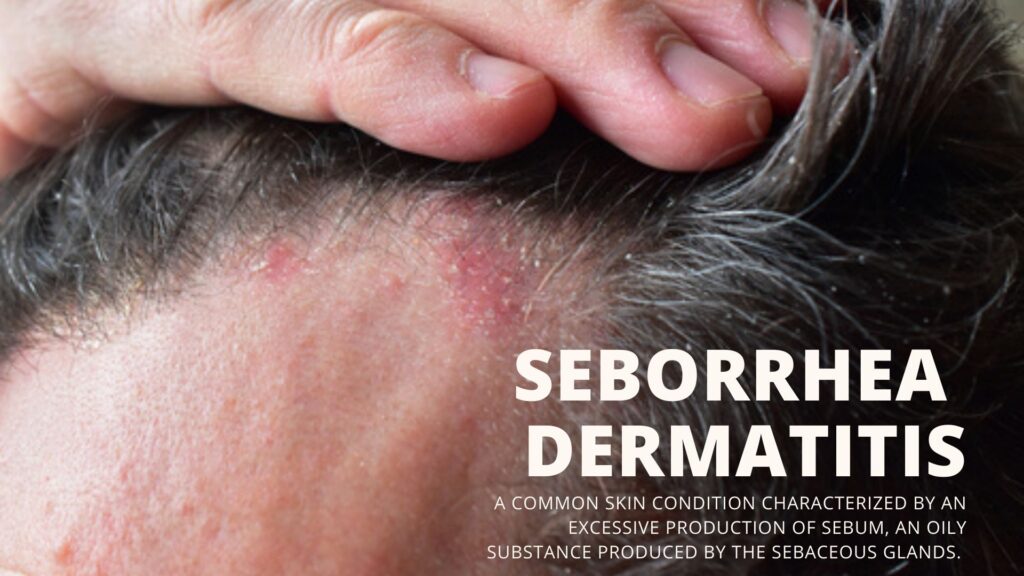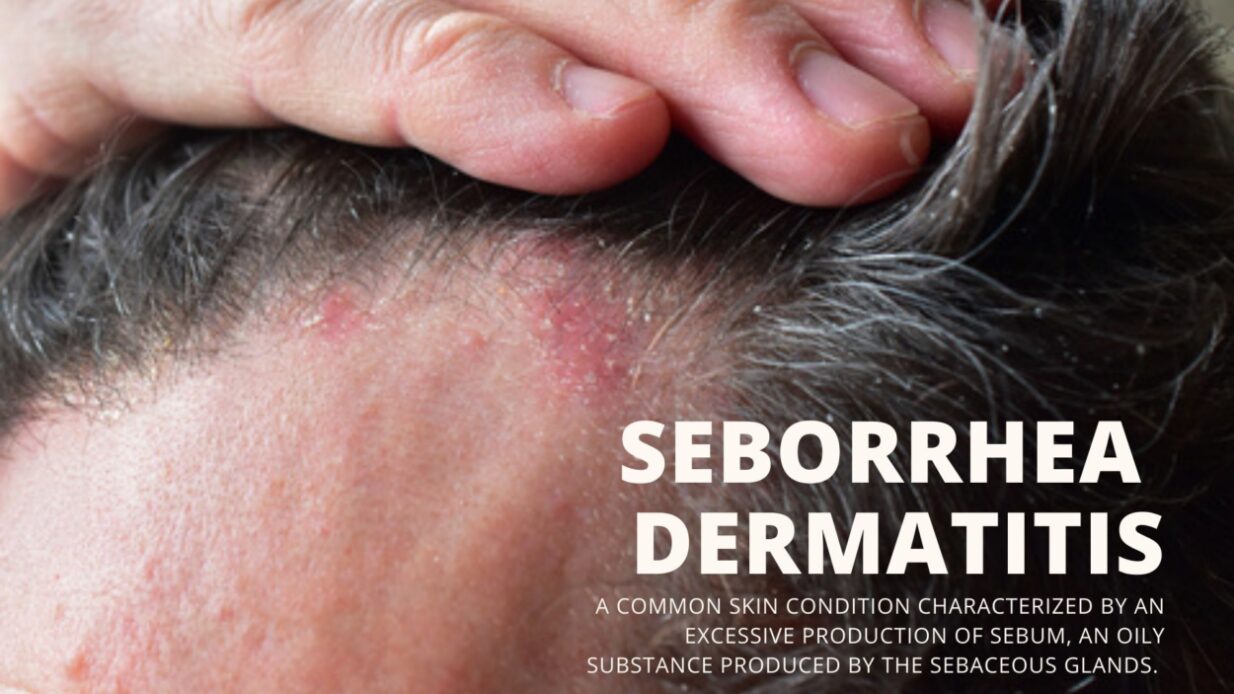Seborrhea dermatitis is a common skin condition characterized by an excessive production of sebum, an oily substance produced by the sebaceous glands. This excess oil can lead to redness, itching, flaking, and scaling of the skin, particularly on the scalp, face, and upper trunk.
There are two types of seborrhea dermatitis: oily and dry. Oily seborrhea is characterized by greasy, yellowish scales on the scalp and face, and is often accompanied by acne. Dry seborrhea, on the other hand, is characterized by fine, white scales on the scalp and face, and is not usually accompanied by acne.
The exact cause of seborrhea dermatitis is not known, but it is believed to be related to an overproduction of sebum and an overgrowth of a yeast called Malassezia. Certain factors, such as hormonal changes, stress, and certain medications, can also contribute to the development of seborrhea dermatitis.
Treatment for seborrhea dermatitis typically involves the use of medicated shampoos and creams, as well as lifestyle changes, such as reducing stress and avoiding harsh soaps and cosmetics. Antifungal and antiseptic shampoos, containing ingredients like ketoconazole, coal tar, salicylic acid, and sulfur, can help to reduce the overgrowth of yeast and control the symptoms of seborrhea dermatitis. Moisturizers and emollients can also help to soothe dry, itchy skin.
In addition, lifestyle changes, such as reducing stress and avoiding harsh soaps and cosmetics, can help to improve the symptoms of seborrhea dermatitis. Eating a healthy diet and getting plenty of exercise can also help to improve overall skin health.
It is important to note that seborrhea dermatitis can be a chronic condition, and treatment may need to be continued for an extended period of time in order to control symptoms. If your symptoms persist or worsen, it is important to consult with a dermatologist for proper diagnosis and treatment.


